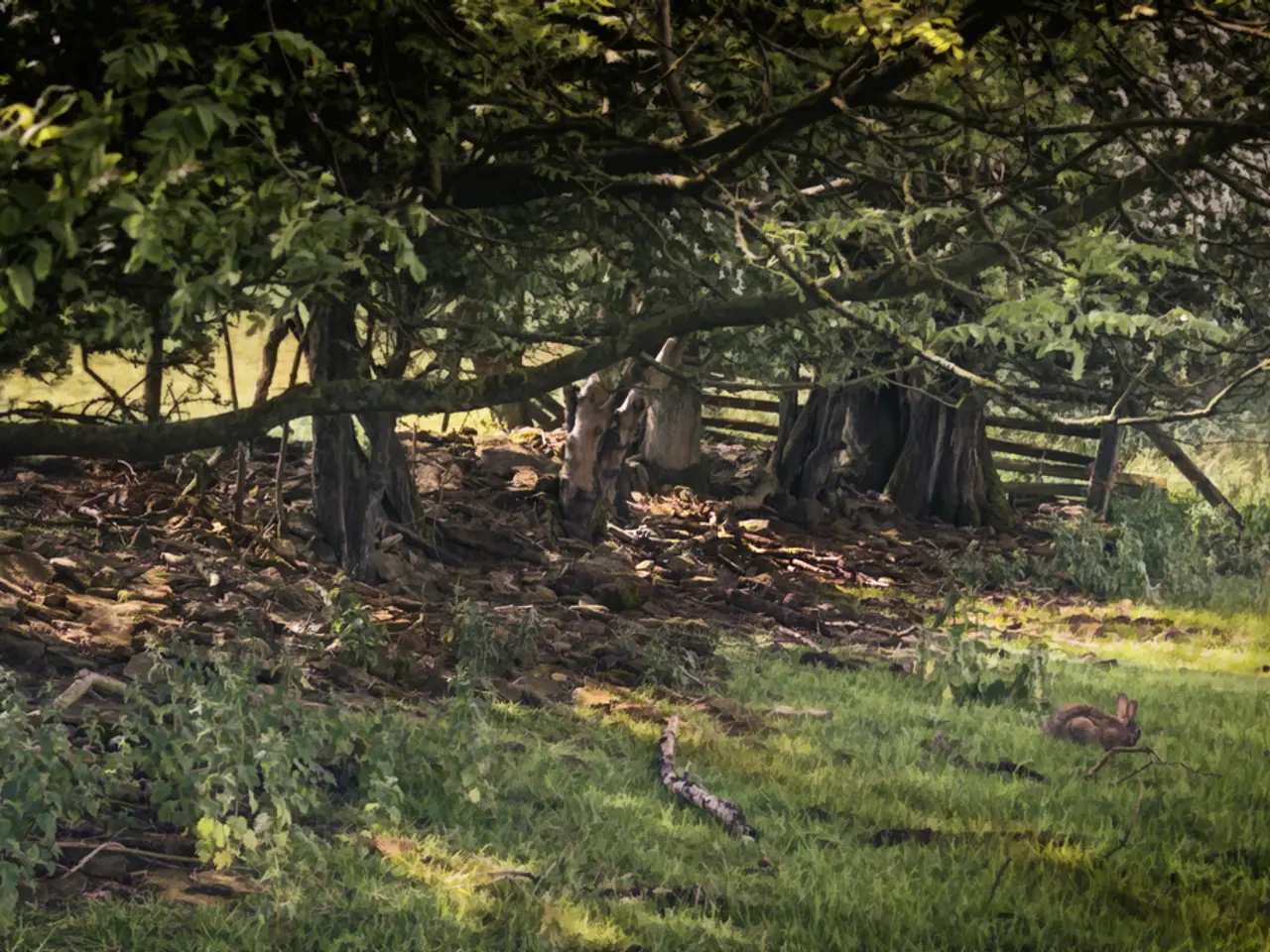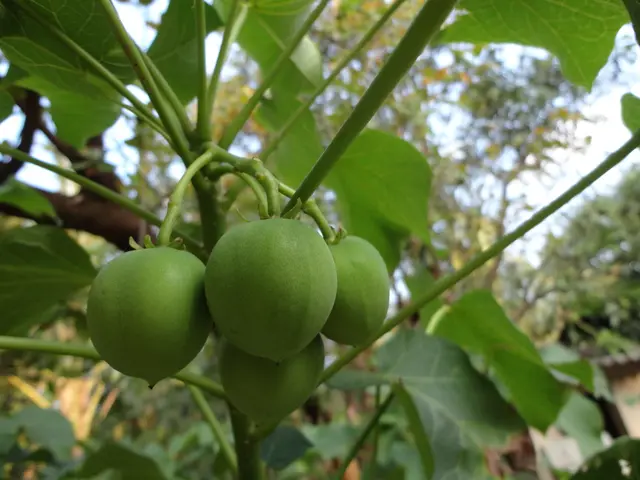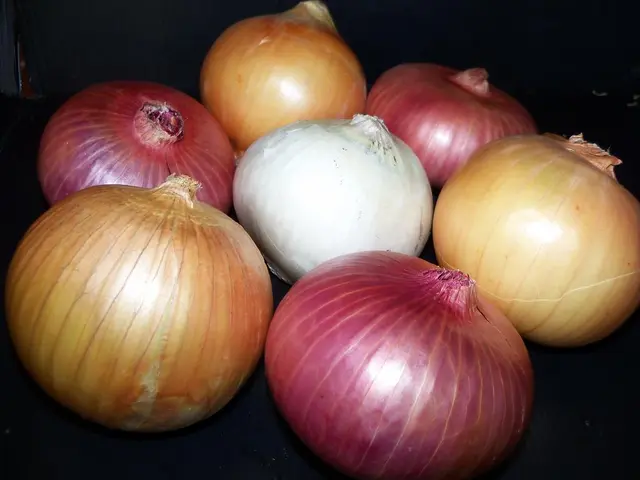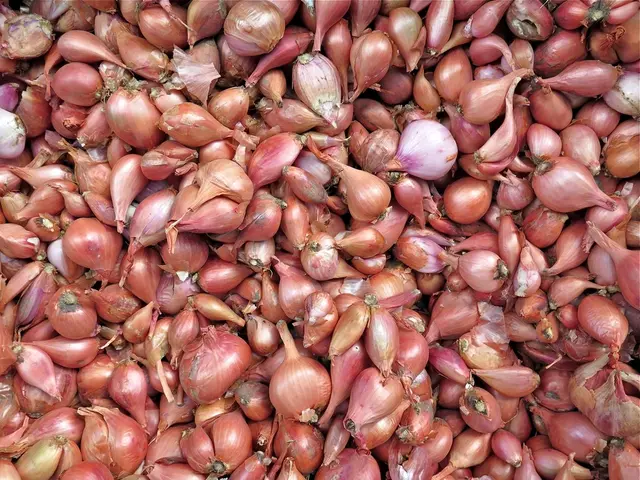Methods for Creating a No-Dig Garden for Enhanced Soil Health and Reduced Weed Growth
Ready to dive into the effortless, sustainable way of gardening? No-dig gardening might just be your new best friend. Made popular by garden gurus like Charles Dowding, this method skips the backbreaking work of tilling and instead focuses on creating a lush, thriving garden from the top down.
Overview
No-dig gardening replicates natural soil-building processes, encouraging a healthy balance of earthen critters like worms, fungi, and microbes without disturbing them. But here's the kicker – no digging, and fewer weeds to fuss over. Plus, less water usage, sustainability, and less strain on your back. Sign us up!
What You'll Need
For your no-dig garden essentials, gather:- Cardboard or newspaper (no glossy prints)- Organic material like compost or mulch- Optional add-ins: leaves, grass clippings, or straw- Water source (hose or watering can)
Let’s Get Digging – Not!
Step 1: Select a Spot
Eyeball a sunny area with good drainage to start your no-dig masterpiece. It can be an existing lawn, bare earth, or even a concrete space if you’re building raised beds.
Step 2: Flatten and Cover
Mow or cut down any existing vegetation low, then lay down a thick layer of cardboard or newspaper to suffocate weeds. Don't forget to overlap the edges like a good horror movie villain, so weeds can't escape.
Step 3: Hydrate
Thoroughly soak the cardboard/newspaper to keep it in place. Wet and wild, baby! This helps initiate the decomposition process.
Step 4: Layer Up
Fancy being a layer cake? Spread 4 to 6 inches of compost or well-rotted manure on top. If you fancy alternating green (like grass clippings) and brown (like dead leaves or straw) layers, feel free to create a layered masterpiece for added richness.
Step 5: Plant and Mulch
Now it's time for the grand finale: planting! Drop in seedlings or seeds directly into the compost layer, then surround them with mulch (straw, bark chips, or more compost) to lock in moisture and weed prevention, AKA not-so-sexy but essential steps.
Caring for Your No-Dig Garden
Rule 1: Top Up Regularly
Add a fresh 1 to 2-inch layer of compost or mulch each season to keep the soil well-fed and flourishing.
Rule 2: Weed Gently
Tempted to throw on the leather gloves and dig like there's no tomorrow? Not yet! Some weeds may arise, especially early on. But like a delicate ballet dance, gently pluck them out without disturbing the soil.
Rule 3: H2O Like a Boss
While no-dig gardens retain moisture better, new plantings may require regular H2O. Keep an eye on things, particularly during dry spells.
Embrace the Soil Life!
One of the joys of no-dig gardening? Witnessing a rich, colorful cast of characters bustling about in your soil, including earthworms, fungi, and microorganisms who team up to break down organic matter and fuel your plants. It's all about harnessing nature's power in your very own backyard!
Final Thoughts
Ready to transition to a more relaxing, sustainable method of gardening? Embrace the no-dig revolution and grow your plants with less strain, fewer weeds, and a whole lot of Mother Nature's magic! Give it a whirl, and get ready to watch your garden explode in a symphony of life and beauty.
- No-dig gardening is not only a sustainable method of lifestyle but also a part of home-and-garden practices that encourages a balanced earthen ecosystem, focusing on compost and fewer weeds rather than backbreaking digging.
- Following the no-dig approach, one can witness an array of beneficial soil-dwelling creatures like worms, fungi, and microbes thrive, contributing to a lush, thriving garden that showcases the magic of sustainable living.








